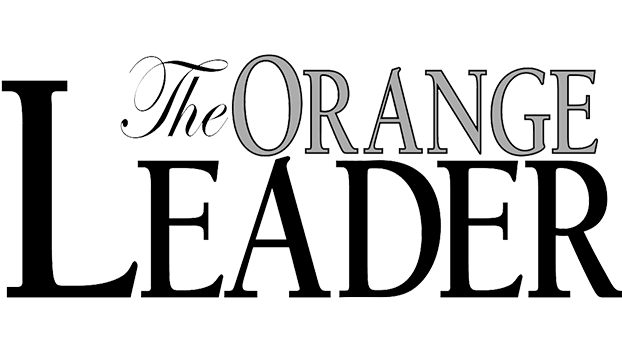AND NOW YOU KNOW — 1930 starts with ships, oil & chickens
Published 12:26 am Saturday, March 5, 2022
|
Getting your Trinity Audio player ready...
|
The second month of 1930 got off to a busy start. The only glitch was heavy rains delayed the loading of two ships at the Orange docks.
The Mexican steamer, Coahuila, headed to Tampico and Vera Cruz and the American ship, Genevieve Lykes, scheduled for Puerto Rico were waiting on cargo to be loaded.
125 stevedores were involved in the loading of the ships and were inactive due to the rains.
Trending
Weaver and Sons Shipyard was busy building three motor launches for the Corps of Engineers in Galveston. The entire force of the yard was being used for the project.
Each launch was 11 feet wide and 45 feet long.
The Yount-Lee Oil Company was closing a well in the W.H. Stark tract of land at Johnsons Bayou. The well had been drilled to a depth of 7750 feet.
The drilling equipment was being loaded onto barges that would be taken to the Yount-Lee docks in Beaumont. From the docks, the equipment would be taken to the general warehouse for storage.
The state highway department was painting barriers on some of the most dangerous curves on county highways. The barriers would be painted in eye-catching colors so as to attract the attention of drivers.
Several accidents had occurred during the winter months due to foggy and slippery road conditions. Supervisor C.A. James of the Orange County Division of the state highway department said he thought painting the barriers would be beneficial for drivers on those roads.
Trending
The February issue of East Texas, the publication of the East Texas Chamber of Commerce, devoted an article to the cattle industry of Orange County. The article featured the herd of Brahman cattle on the W.H. Stark ranches.
The article was illustrated with photos of cattle herds in the county and included a photograph of Dave Nelson, manager of the Stark agricultural interests.
The 1929-30 Louisiana trapping season was set to close at midnight on Feb. 5. The season had been open for three months.
According to the Orange-Cameron Land Company, one of the largest fur producers on the Gulf Coast, the season had been one of the poorest for producing fur in many years.
Many trappers already left the area due to high water and other unfavorable conditions.
The largest yield of muskrats had come from the East Cove Division. About 36,000 muskrats had been trapped and another 4,000 were expected to be turned in by the season’s end.
Trapping in the East Cove Division had been better than in the other divisions due to the fact that it was better drained, and the water was not as high.
Jasper Day, a truck farmer and poultryman, showed that a good profit could be made with a small number of laying hens.
During the previous six months 51 young white leghorns had produced 3883 eggs which he sold on the local market for $160. He estimated that he earned a profit of $110.
One year earlier he had moved to Orange from Oklahoma and purchased one acre of land from A.J. Lyons.
He built a small house for himself and a chicken house.
He then bought 100 young white leghorn chickens. Of that number, 49 were roosters that he sold as broilers. Fifty one became laying hens that started laying in August.
In August he sold 263 eggs and eared $6.33, in September he sold 294 eggs and earned $11.45.
In October the egg count was 534, for a profit of $33.40, in November the egg count was 828 and they sold for $32.92, the December egg count was 902 and sales were $48.20. In January he gathered 1060 eggs that sold for $38.60.
The Sokolsky brothers announced that they were starting a new branch store to be named The Grand Leader in Houston.
The store was to be located at 901 Grand Avenue and Sam and Herman Sokolsky would be the managers.
The brothers owned the Fair Store in Orange and were previous owners of the White House in Beaumont. Stock was being shipped from the Fair Store to the new store in Houston.
“And now you know”
— By Mike Louviere, Special to The Leader





